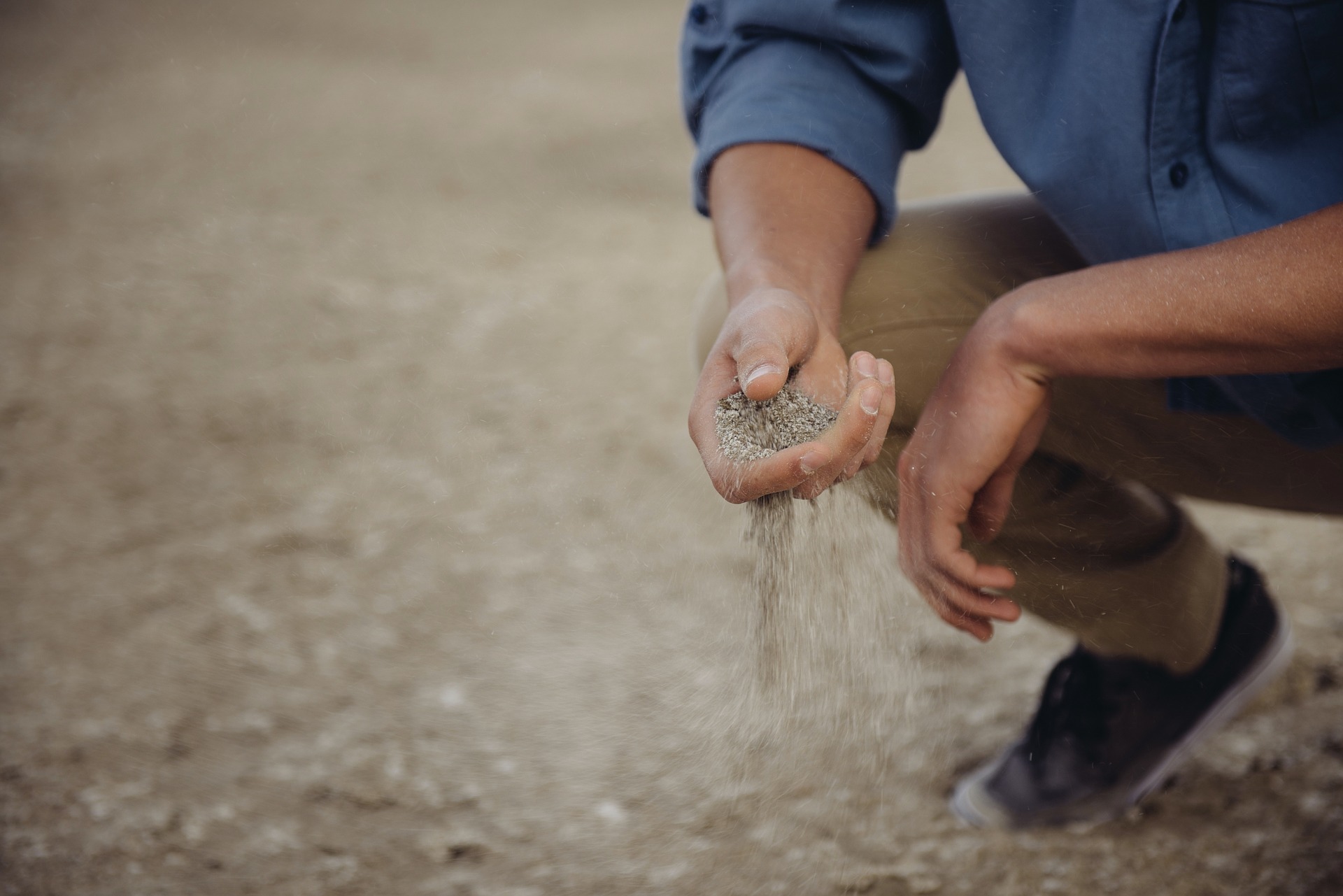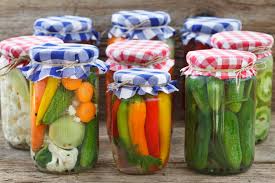
5 Helpful Airport Tips for Seniors
Posted by Editor on Apr 17th, 2019 in Travel | 0 commentsTravel is one of the best gifts you can give your mom and dad. Perhaps, the trip is to visit a family member or a long-time family friend you haven’t seen in years. It may also be a cruise, an adventure trip or even to visit an old home. Whether you accompany your parents or they’re travelling on their own, here are seven airport tips to make travelling easier for the seniors.

1. Request for wheels
International airports are vast spaces that challenge the stamina of elderly travelers. Make it easy for your seniors by requesting wheelchairs from your airline. Reserve your wheels and roll your way from the security to your gate.
2. Invest in a chaperone
This is especially helpful for elderly solo travelers. There are times when a senior needs extra help in the airport. Airlines allow family members to secure escort passes for their elderly travelers, similar to a boarding pass. Some airlines issue escort passes to meet incoming passengers at the arrival gates. However, these passes are not allowed to incoming international flights due to immigration and customs regulations.

3. Ask the concierge for assistance
For senior travelers who want to be accompanied from the entrance of the airport to the boarding gate, there are concierge services that can help you with that. These services usually includes checking-in of luggage, providing access to expedited lines and lounge services, collecting of bags upon arrival and even getting a cab to send you to your destination.
4. Take advantage of discounted lounge pass
For a comfortable place while waiting for your flight, airport lounge is a worthy splurge to get. While it can be pricey, seniors get discounted rate to get comfortable seating, a fresh cup of coffee, free food, magazines, newspaper and—probably the most important—access to clean bathrooms.

5. Travel smart
There are lots of things that can possibly go wrong during a trip, so it is important to have the most important things with you for a worry-free flight:
• Get a non-stop flight. The faster you get to the destination, the lesser chances of drama.
• Carry the medications in your hand bag, not in the check-in baggage.
• Keep a list of emergency contact names and numbers.
• Wear comfortable footwear.
• Get a seat with plenty of leg room.
• Bring a bottle of water and some snacks.
Travelling with mom and dad is likely the most fulfilling experience you will ever experience in your life. You have the chance to give back for all their love and hard work. Yes, you may feel like a caregiver, but the travel destination will serve as an escape, not just for you but for your beloved elders as well.
5 Things You Should Know About Autism
Posted by Editor on Apr 17th, 2019 in Health | 0 commentsAutism can be bewildering, especially to parents with children diagnosed with such condition. Individuals with autism are consistently challenged by the unique characteristics of the disorder, and with the right support system, they will be able to balance these tough characteristics. Having friends and members of the family with the right knowledge about this condition can contribute to a more advantageous future for these unique individuals.

Here are five facts that are worth knowing about a condition that’s too often misunderstood.
1. Children with autism can be affectionate
Those people who do not know anyone with autism may think that children diagnosed with autism are incapable of showing affection. This misconception might have probably stemmed out from the fact that some patients with autism diagnosis do not like to be touched or make eye to eye contact. Like normal people, some are more emotionally inclined, while others are not.
2. They can have successful careers, too
It is another common misconception that many of us believe—that children with autism have naturally slow mental development. However, where a particular skill or ability may be behind, the rest are advanced in individuals with autism. Therefore, it is absolutely possible for them to live successful lives when their best kills are honed and put to maximum use.

3. They are not limited in all abilities
Those with autism may struggle with the control of some skills, like social bonding, impulsivity and communication. However, the struggle to control does not mean that they have limited abilities. Instead, these people require different way of socializing, learning and executing day-to-day activities. Although we may have to approach people with autism in different ways to inspire and empower them, just like any other person, they are capable contributors to the world.
4. Show them how things are done
People, especially children, with this disability are visually inclined. Showing them how things are done instead of just telling them is a big help. You might have to repeat the process many times, but it would be a great relief once you have successfully taught that certain activity to them.

5. The most effective treatment at present are education and therapy, not medical
These treatment methods show the best results when started early. They are intensive in nature and are based on the unique behavior of an individual with autism. Active participation of parents is very critical in the success of the treatment and in nurturing the patient’s social interest.
Autism is a broad spectrum, so children with this condition are like any other diverse group of children growing up as adults with different unique personalities and abilities. Some grow up minimally verbal and may not be able to live independently, while others can live on their own and thrive on their own jobs.
Delicious Fermented Products You Can Make at Home
Posted by Editor on Mar 18th, 2019 in Food | 0 commentsFermented foods have recently made a comeback, and more people are now starting to ferment their own food at home. And it’s not just great for your body – it’s also great for your budget if you love the stuff but can’t keep buying it.
In fact, here are some of the different fermented products you can start making at home right now:

Kimchi
This spicy Korean side dish made of vegetables is perhaps the most recognized fermented dish in the world, which is great if you have a knack for spicy foods, but it’s also really easy to make in your own kitchen.
When making kimchi at home, be sure to use sea salt (or salt that isn’t iodized or doesn’t have anti-caking agents), as this can prevent fermentation from taking place.
Sauerkraut
What do you do when you find yourself with a bunch of cabbages? Why, you make sauerkraut, of course!
Known basically everywhere for its crunch and pleasant sourness, it’s amazing both as a side dish and as a spread in sandwiches for a quick, healthy bite whether it’s for breakfast or a light snack.

Kombucha
With a lot of kombucha flavors commercially available, it’s easy to forget that this is essentially tea that’s mixed with sugar.
And when you’re the one making it yourself, not only will you get this treat for a fraction of what you would usually pay for it, but you can also play around with different teas and fruits until you find the flavor that works for you.
Sourdough Bread
Sourdough bread is made differently than other types of bread because it uses dough that’s been allowed to ferment with wild yeast and naturally-occurring bacteria that break down the gluten in wheat flour.
Not only is this great to make and keep around if you happen to be sensitive to gluten, but it’s also rich in minerals such as iron, calcium, and magnesium.

Milk Kefir
While not exactly yogurt – milk kefir, or fermented milk, is a little more watery – it has between twenty and sixty probiotic strains and contains more nutrients than you would find in a cup of regular yogurt.
And because it’s fermented, as much as 99 percent of all the lactose in milk has been broken down by the bacteria, which makes it safe for those who are especially sensitive to dairy products.
These are just some of the many dishes you can start making at home – there are a lot more that you need to try out. Not only are they all delicious and healthy for your whole family, but making them also means you have cheap, nutritious food all year long.
How to Ferment Your Own Vegetables in 4 Easy Steps
Posted by Editor on Mar 18th, 2019 in Food | 0 commentsFermenting vegetables is made possible with lacto-fermentation, a process of preserving food that allows it to retain its nutrients for a long time. This is a great way for keeping nutritious food at home easily accessible all year round, especially with fresh produce.
And while it seems intimidating at first, the process of fermenting vegetables is actually simpler than you would think. All you need to do is follow these steps:

1. Choosing Your Equipment
Fermenting vegetables only needs a container (preferably a glass jar) with an airtight lid, and a good chopping knife to get the vegetables to the right size that will allow them to ferment more easily.
2. Preparing the Vegetables
One of the best things with fermenting is that you can do it with any vegetable. You can choose to grate, shred, chop, slice, or even leave it whole. You can even ferment different vegetables in the same container!
3. Choosing Your Brine
There are three different brines that you can use: salt, salt and whey, or a starter fermenting culture (these are used for fermenting different vegetables and producing different finished products, but work more or less in the same way).
If you plan on using salt for fermenting, be sure to focus on the right kind of salt, as well as the right amount for the brine. Once done, prepare your brine with water.

4. Culture and Cold Storage
Weigh the vegetables under the brine and keep them in an environment without air for the fermentation process (that means keeping the lid sealed tight). Once the vegetables have finished fermenting, place them in a refrigerator or in any cold storage place.
However, because it can be difficult to tell when the vegetables are ready for cold storage, be sure to take note of the following:
• Aroma – Smell will be your biggest indicator for knowing if your vegetables are still good or have gone bad. If it’s still good, they should release a sour, vinegary aroma.

However, if your vegetables smell like spoiled food, you should discard it. Be sure to clean your container thoroughly and try again.
• Bubbling – Lactic acid bacteria release gases when breaking down the vegetables, and seeing bubbles is often a good sign that your fermentation is going well.
• Flavor – Once the vegetable ferment appears bubbly and has that sour-but-pleasing aroma, do a taste-test. Be sure to do this every day until you come across the flavor you like.
Fermenting food is a process that has been around for a long time, and when you plan on getting started, keep in mind it’s going to take a while to get to the finished product. However, once you do, the results will be both delicious and certainly rewarding.
5 Things At Home That You’re Cleaning Way Too Often
Posted by Editor on Feb 21st, 2019 in Home | 0 commentsIf you’re someone who doesn’t like doing housework at all, there’s good news – your list of chores is about to be so much smaller.
Enter the concept of “over-cleaning”: while it’s important to keep everything clean and tidy, cleaning certain items too frequently can wear them down or make them more prone to the build-up of dust, dirt, and even bacteria.
Here are five things at home that you’re paying too much attention to when cleaning:

1. Wood furniture
Shelves, tables, and chairs are easily the first places you would think of when it comes to cleaning and dusting, and this is usually not a problem with plastic furniture.
However, if the ones you have at home happen to be made of wood, over-cleaning with water and cleaning products can actually lead to damage and warping in the long term, especially if you clean them frequently.
2. Jeans
Jeans are actually made to withstand long periods of time without being washed, and break down and start to lose their shape when cleaned too often.
But the good news is you can clean your jeans without a single drop of water: place them in a canvas bag and put them in your freezer overnight. This will kill the bacteria from skin cells without damaging the fabric itself.

3. Pillows
While your pillowcases should be replaced every week, you can most likely forgo washing the pillows themselves for three to six months.
If you need to have your pillows cleaned, send them to a laundry service or have them tumble-dried in a washing machine on low heat. You can do this twice a year so the pillows will keep their shape longer.
4. Pantry
If you have a pantry of canned or preserved foods at home, you can rest easy since you only need to clean it and take note of any expired food items once a month. Unlike your refrigerator, your pantry houses items that are airtight or dry, and will likely to last you a long time.
Instead, your refrigerator should be the main point of your focus when cleaning since it stores foods that are easily perishable.

5. Oven/microwave
While it’s important to regularly scrape your oven or microwave to make sure that no food scraps stick and accumulate, you can probably skip out on the deep-cleaning and do it only once every four months.
When you do deep-clean your oven or microwave, be sure to only use water and gentle dish soap, and avoid continuously lathering it using harsh commercial cleaners. You should keep this in mind particularly if you have a self-cleaning oven at home.
3 Amazing Home Cleaning Tips for Allergy Sufferers
Posted by Editor on Feb 21st, 2019 in Home | 0 commentsDo you have an allergic reaction to dust? Is your home making it worse for you?
If this is the case, and if you happen to live alone, it’s time to do the cleaning yourself. But don’t worry – just because you have allergies doesn’t mean you can’t approach the problem and help yourself get better.
In fact, here are a few tips you can keep in mind when your allergies start to kick in:

1. Wear a mask when you clean
If you have to clean your home yourself, the best thing you can do beforehand is to wear a face mask that adequately covers your nose and mouth.
When you have allergies, your biggest enemy will be the airborne particles that can get in your nose. These particles are mostly dirt and dead skin cells, and especially the waste from dust mites.
Aside from covering it with a face mask, you should also make sure to avoid sweeping, dusting, or even vacuuming.

2. Baking soda and vinegar are your friends
Don’t use scented cleaning products or detergents when you have to clean, since they will only worsen your clogged sinuses. If you have to use cleaning products to get rid of any mold in your tiles at home, be sure to use unscented ones.
A cheaper alternative to them is baking soda and vinegar, two household products that can clean just about anything when mixed in the right concentrations.
Unscented bleach is also good for cleaning bathroom mold. When cleaning, however, be sure to keep in mind that you should never mix bleach with either vinegar or baking soda, since the resulting fumes can be highly toxic if you breathe them.

3. Clean the air
The best way to minimize your allergic reactions at home is to clean the air, you will need to clear up the dust around the house without moving them.
You can start doing this by lightly spritzing dusty areas at home with a water bottle and wiping them down with a clean cloth. If the cloth gets too dusty, rinse it off with water and replace it with a new one.
Investing in a high quality HEPA filter for your home is also an option if you feel that the air coming into your home is dusty no matter how hard you clean it.
Regular cleaning is the best way to make sure your allergies don’t act up severely at home, as well as provide a clean, allergen-free place for you when they do.
There are many ways to help you deal with allergies, such as over-the-counter medications, but they may not always work or have certain side effects. Be sure to consult your doctor before taking antihistamines.
